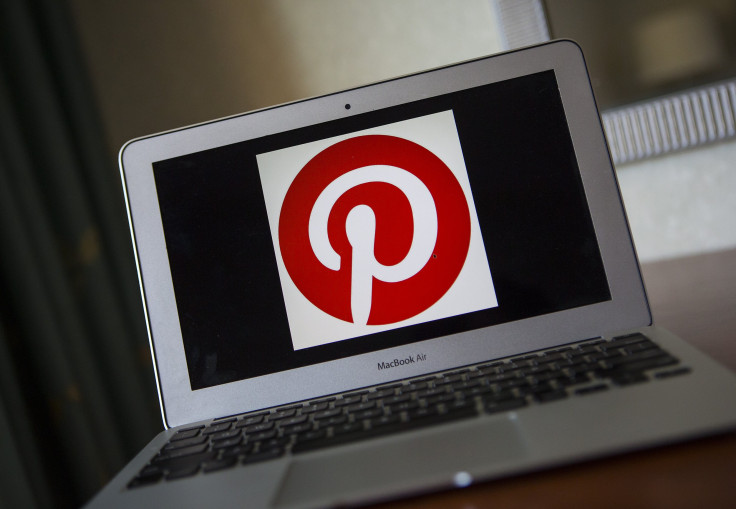3 Things We Learned From Pinterest's Updated IPO Filing

The image-sharing company, which is expected to go public later this month, updated its S-1 filing Monday and made a few changes to its valuation, what its projected share price will be when it goes public, and how many shares it will sell.
Here's a quick look at the changes found in the company's updated filing.
1. Pinterest will list its shares between $15 and $17
The company said that it plans to sell 75 million shares at a price between $15 and $17 when it goes public. Of course, the final share price could change before the initial public offering as the company gauges investor interest in the following weeks. For example, Lyft (NASDAQ:LYFT)(which just went public last week) initially priced its shares between $62 and $68, but the IPO price ended up being $72 per share.
Pinterest said that its shares will be listed on the New York Stock Exchange under the ticker symbol PINS.
2. The company is seeking a valuation of about $9 billion
What's interesting about Pinterest's target of $15 to $17 per share is that this will give the company a valuation range lower than its private valuation from two years ago. In 2017, the company closed a funding round that gave it $150 million and a valuation of around $12 billion. If shares sell for $15, it'll give Pinterest a valuation of about $9 billion; if they sell for $17, the valuation goes to just over $11 billion. If it sells at the higher range, the company will earn about $1.3 billion from its IPO.
So why is Pinterest's valuation lower than its last funding round? One potential reason is that a lower stock valuation at the IPO would mean that any initial share price surge when the stock begins trading would make for a more successful IPO. Again, using Lyft as an example, the ridesharing company's share price closed below its IPO price of $72 per share on its second day of trading. By pricing its shares lower at the IPO, Pinterest may avoid the perception that its IPO was a dud.
3. Pinterest's shares will be set up as a dual-class structure
Pinterest will have both Class A and Class B shares, with the latter being equal to 20 voting shares compared to just one vote for Class A. The company said in its filing, "The holders of our outstanding shares of Class B common stock will initially hold approximately 99.2% of the voting power of our outstanding capital stock following this offering." The company's co-founders, executive officers, and directors will hold the vast majority of voting power.
Keep this in mind
Some of these details could still change as the 9-year-old company with 250 million monthly active users gears up for its IPO, so investors would be wise not to get caught up in the company's IPO hype. As Lyft is already starting to prove, it's probably best for investors to wait until the IPO euphoria dies off before considering buying a company's shares.
This article originally appeared in the Motley Fool.
Chris Neiger has no position in any of the stocks mentioned. The Motley Fool has no position in any of the stocks mentioned. The Motley Fool has a disclosure policy.





















